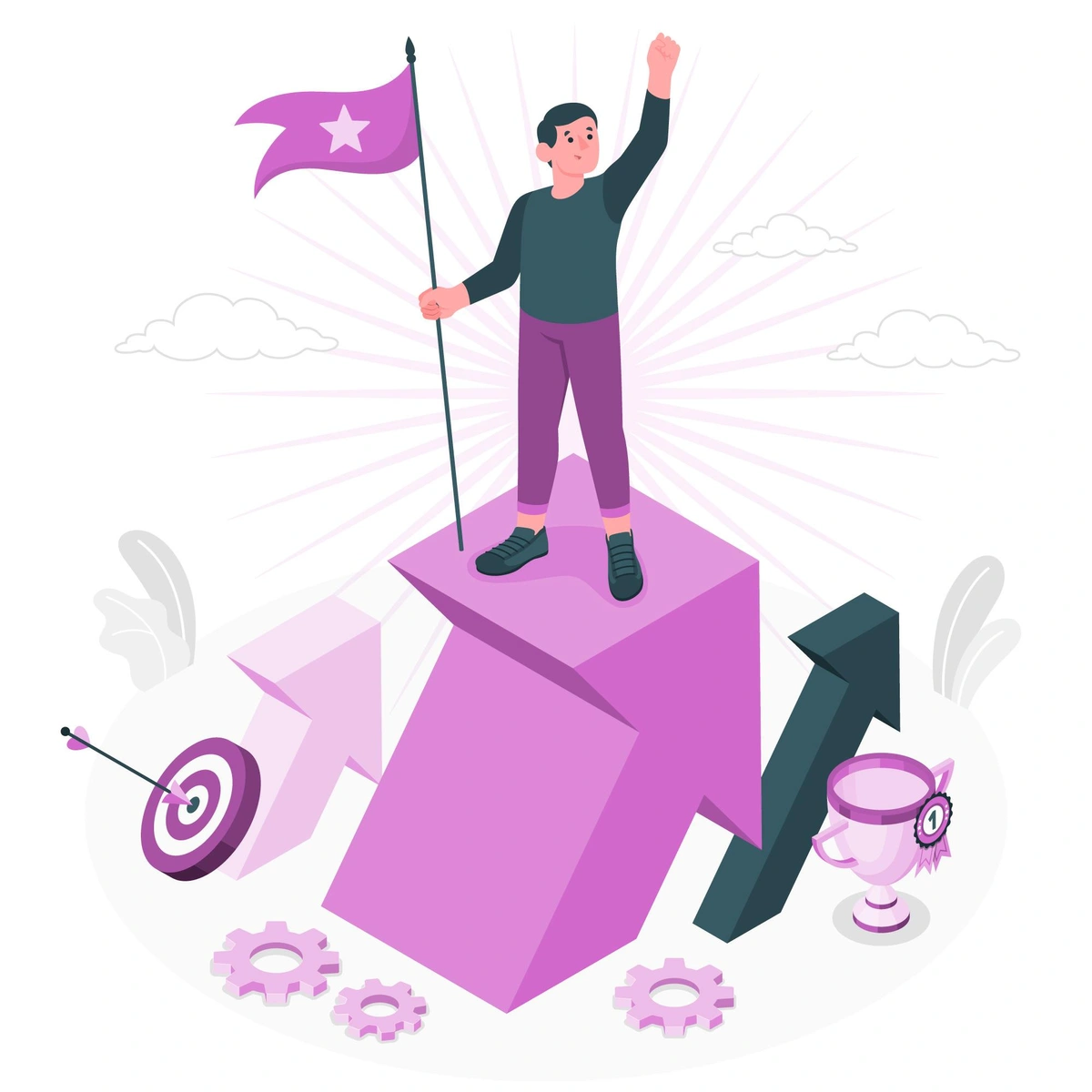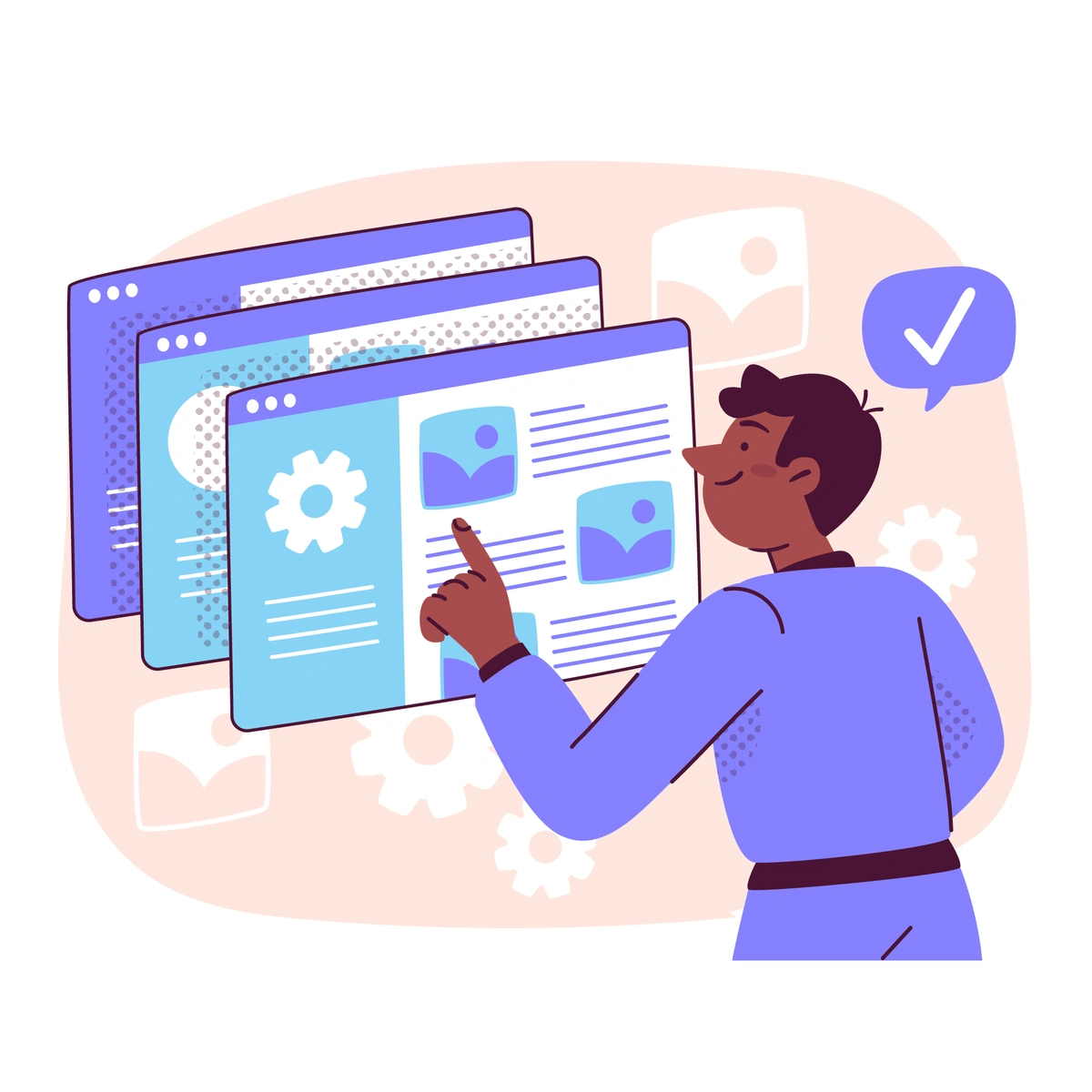atlas-bench
by Atlas Bench
2023-10-31
Moving your teams to Atlassian Cloud can feel like a daunting task, but with the right preparation and guidance, it doesn’t have to be. At Atlas Bench, we’ve helped numerous companies make the transition from Atlassian Server or Data Center to Cloud smoothly and successfully.
In this comprehensive guide, we’ll walk you through everything you need to know to plan and execute your own Atlassian Cloud migration. We’ll cover key factors to consider, assembling your migration team, choosing your migration strategy, prepping your environment, and more. By the end, you’ll have a clear understanding of the migration process so you can start your journey with confidence. Let’s get started!
At Atlas Bench, we offer a range of support options to assist you throughout your Atlassian migration. The level of support you need will depend on where you are in the process and the complexity of your migration.
Solution Consultants – Discuss Atlassian licensing, features, differences between Cloud and Server, and more.
Migration Managers – Help troubleshoot technical issues and provide guidance.
Solution Architects – Trusted Partners who can support end-to-end migrations or specific migration tasks.
Learn more about Atlas Bench’s migration support scope and how to reach out to us. For larger and more complex migrations, bringing in a solution provider like Atlas Bench is highly recommended.
The most important tools at your disposal are Atlassian’s free Cloud migration trial and the Cloud Migration Assistants for Jira and Confluence. The Cloud Migration Trial provides a free 12-month Cloud environment matching your current Atlassian product(s) and user tiers. Use this to test migrations and evaluate Cloud. The Migration Assistants help audit and prepare your data. They also include migration wizards for easily moving Confluence spaces, users, and groups. Get started with these tools to kickstart your migration planning and testing. If you need help beyond what they offer, the Atlas Bench team is here to help guide you through.
Before diving into migration planning, consider key questions about your goals, timelines, and constraints:
The more complex your migration, the more time, resources, and support you’ll need. Use these questions to guide your planning and strategy decisions.
Successful migrations require cross-functional collaboration. Consider involving:
For smaller teams, individuals may play multiple roles. Atlas Bench can also supplement your team with specialized migration expertise.
Set clear guidelines upfront so everyone understands responsibilities and communication protocols. Download Atlassian’s migration toolkit for templates to help align your team.
Let’s examine some key differences between Atlassian’s self-managed and cloud offerings.
Cloud products are fully hosted and maintained by Atlassian, eliminating the burden of upgrades, hosting, and maintenance. You get immediate access to new features and security updates. With Server, your team handles all upgrade and maintenance work. The tradeoff is control over deployments in your own infrastructure.
Atlassian manages security monitoring, controls, and regulatory compliance for Cloud – you don’t have to. Server gives you full control within your firewall, but also full responsibility.
Cloud uses per-user monthly or discounted annual pricing. Server uses perpetual licenses.Upfront costs for Server may appear lower, but you take on long-term overhead for maintenance, hardware, IT costs, and more. Cloud billing simplifies this to a subscription fee.Overall, Cloud removes many hidden costs and responsibilities that come with Server. But Server may work better if you need tight control over deployments in your own data centers.
It’s essential to model your true total cost of ownership (TCO) when comparing Server and Cloud. TCO estimates factor in:
At Atlas Bench, we provide TCO estimating tools to help you build a complete picture of costs. This ensures you choose the deployment option that works best for your organization.
There are a few primary strategies for migrating from Server to Cloud:
Migrate all data, configurations, apps, and integrations to Cloud as-is. Simplest option, but can transfer legacy clutter to Cloud.
Move different products, teams, or data sets gradually over time. Allows testing and optimizing along the way.
Migrate only essential data to Cloud and simplify configurations for a “clean start”. More prep work, but sets you up for long-term Cloud success.
Hybrid Keep some Server and some Cloud, with selective migrations based on priorities, budgets, etc. Added complexity, but provides gradual transition. Consider your goals, timelines, resources, and appetite for change vs. like-for-like migration. This will steer you towards the right strategy for your needs.
Once you’ve chosen a strategy, there are a few technical options for actually migrating your data:
Consider your Atlassian product(s), version, data volume, and app usage to select the method(s) best suited to your needs.
If you use Atlassian Server apps, evaluate whether Cloud versions are available and will meet your needs. Check the Atlassian Marketplace and vendor sites for each of your apps. Test Cloud app functionality using your free Cloud migration trial. Some Server apps support automated or scripted migration of app data to Cloud versions. For others, data may need to be migrated manually. Plan your app migration strategy early, and reach out to Atlas Bench if you need help or advice.
Your migration will impact how users access and work within Atlassian tools. Make sure to:
With proper communication, training, and support, you can minimize productivity disruption and drive user adoption.
With your strategy and methods selected, build out a comprehensive project plan including:
Document your plan to align stakeholders and track progress. Having a detailed roadmap is critical for migration success.
Before executing test or production migrations:
Following Atlassian best practices will streamline your actual migration process.
No matter the size or complexity of migration, a test migration is critical:
Thorough testing will catch potential snags before the production rollout. Take advantage of Atlassian’s free Cloud migration trial for unlimited test runs.
Don’t underestimate the power of effective user training:
Your users are your secret launch success weapon – invest in their Cloud adoption!
Once testing completes, it’s time to run the production migration:
With careful testing and planning, your production migration will go smoothly. Keep lines of communication open across your team and users throughout the process.
Congratulations – your migration is complete! But there are a few more recommendations as you settle into Atlassian Cloud:
Your migration was just the first step – now focus on maximizing the value of Atlassian Cloud for your organization. Lean on the Atlas Bench team as a trusted partner to help unlock that value.
The Atlas Bench team is here for you throughout your Atlassian Cloud migration journey – contact us today!

Learn how to streamline your sprin...
29 August 2024

Learn how to streamline your sprin...
6 August 2024

Learn how to establish a robust Ve...
23 July 2024